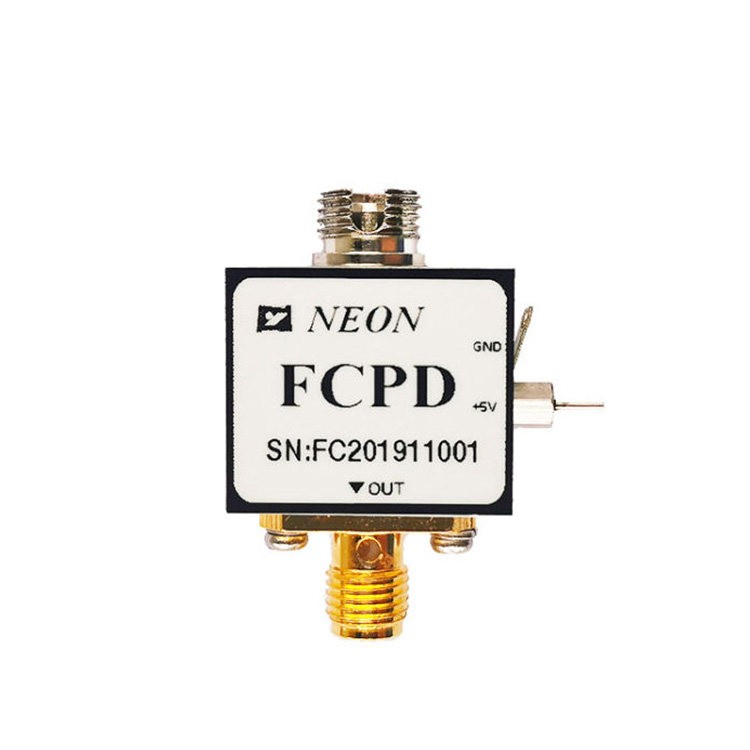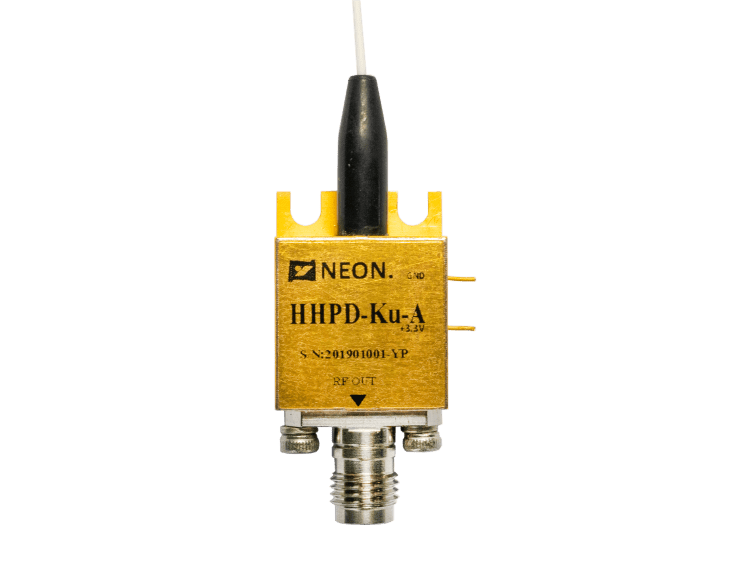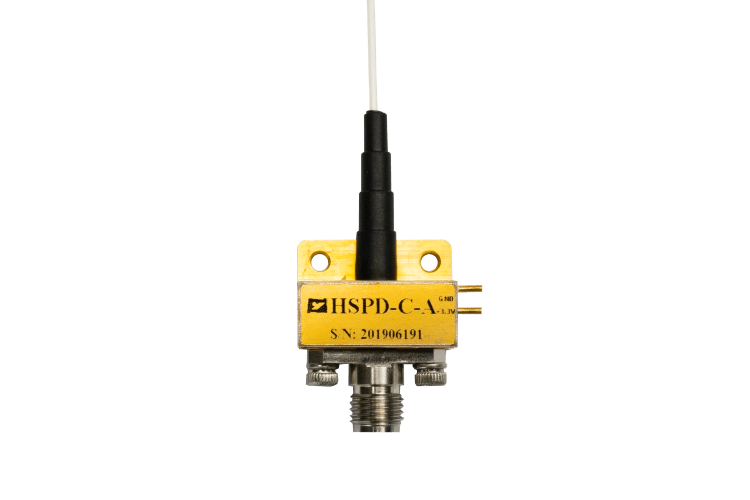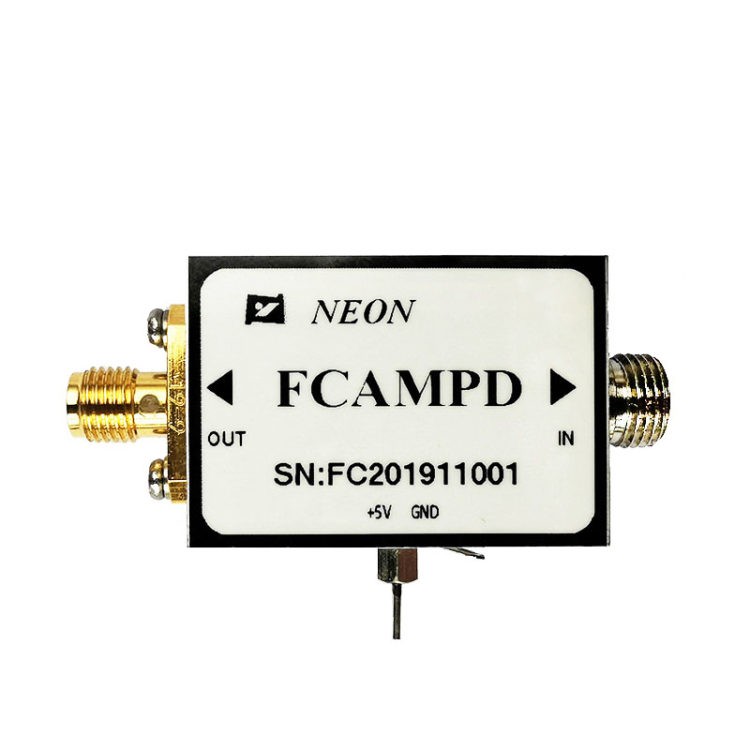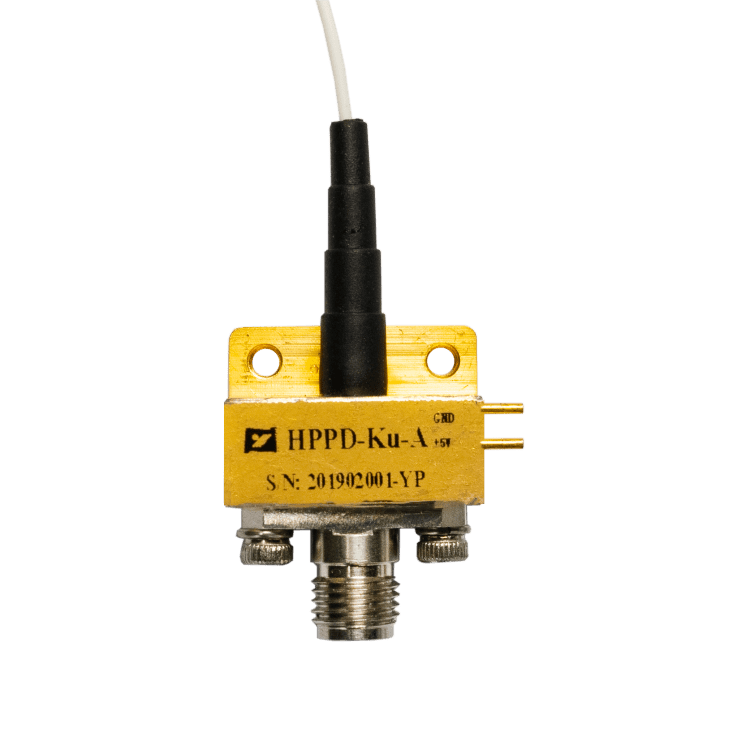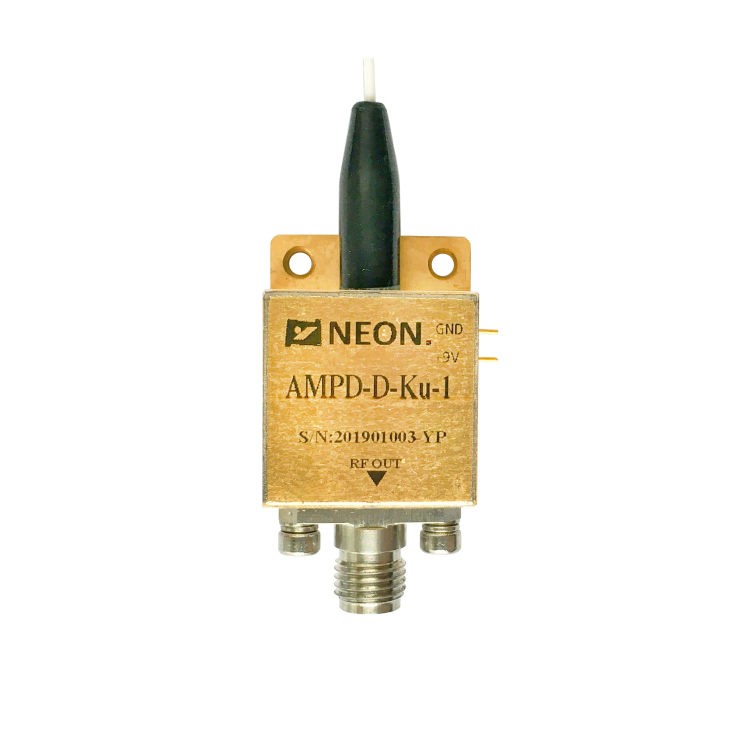The Relationship Between Amplified Photodetectors and InGaAs Photodiodes
Photodetectors play a crucial role in modern technology, converting light signals into electrical signals for various applications. Among these, Indium Gallium Arsenide (InGaAs) photodiodes and amplified photodetectors are significant due to their high sensitivity and performance. This article explores the relationship and synergy between InGaAs photodiodes and amplified photodetectors, highlighting their working principles, applications, and the benefits of integrating these technologies.
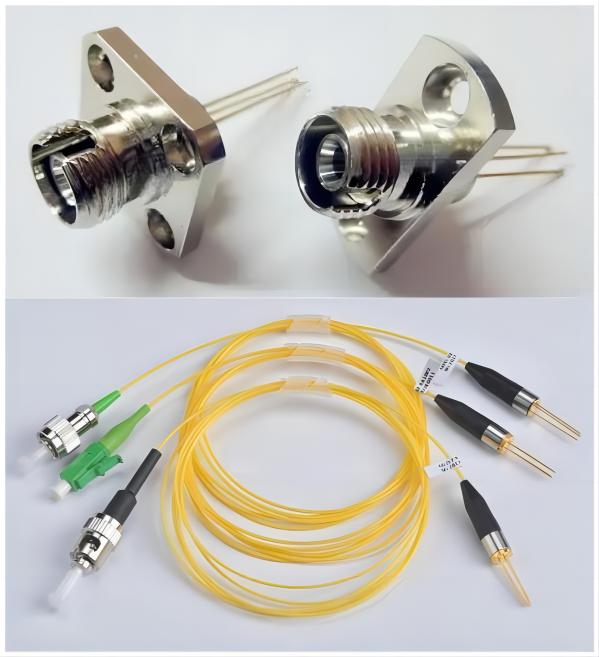
What are InGaAs Photodiodes?
Material Composition and Properties
InGaAs photodiodes are semiconductor devices made from Indium Gallium Arsenide. This material is renowned for its excellent photosensitivity, especially in the near-infrared (NIR) region. The spectral response of InGaAs photodiodes typically ranges from 0.5 μm to 1.7 μm, making them ideal for applications that require detection of NIR light.
Working Principle of InGaAs Photodiodes
The working principle of an InGaAs photodiode is based on the photoelectric effect. When photons of sufficient energy hit the photodiode, they excite electrons, creating electron-hole pairs. These pairs are separated by the internal electric field of the photodiode, generating a photocurrent proportional to the incident light intensity. This process converts light into an electrical signal that can be measured and analyzed.
Key Features of InGaAs Photodiodes
InGaAs photodiodes are characterized by their high speed, high sensitivity, and low noise. These features are particularly advantageous in applications requiring rapid response times and precise light detection. The ability to detect NIR light with high sensitivity makes them essential in various fields, from telecommunications to scientific research.
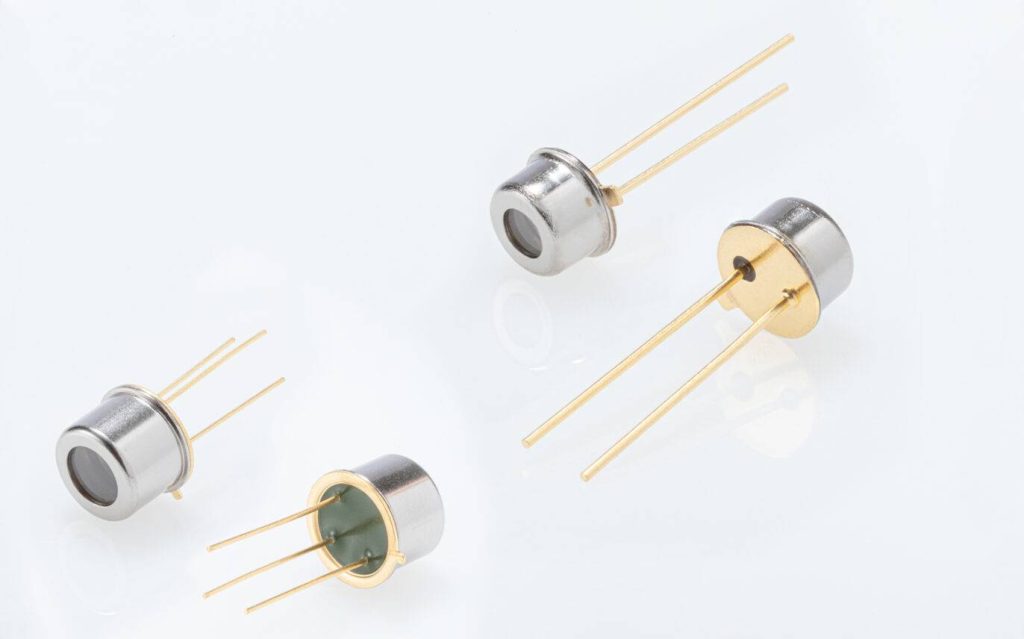
What are Amplified Photodetectors?
Basic Structure and Functionality
An amplified photodetector consists of a photodiode and a built-in amplifier. The photodiode converts incoming light into an electrical signal, while the amplifier boosts this signal for easier processing and transmission. This combination allows the device to detect weak light signals and output a stronger, more usable electrical signal.
Working Principle of Amplified Photodetectors
The amplified photodetector’s working principle involves two main steps: light detection and signal amplification. First, the photodiode absorbs photons, generating a photocurrent. This weak electrical signal is then fed into the amplifier, which increases its strength. The amplified signal is less prone to noise and interference, making it suitable for applications requiring high precision and reliability.
Key Features of Amplified Photodetectors
Amplified photodetectors are known for their high sensitivity, rapid response, and low noise levels. These characteristics make them ideal for detecting faint light signals and ensuring accurate signal transmission. They are particularly useful in applications where high performance is essential, such as in optical communication systems and scientific instrumentation.
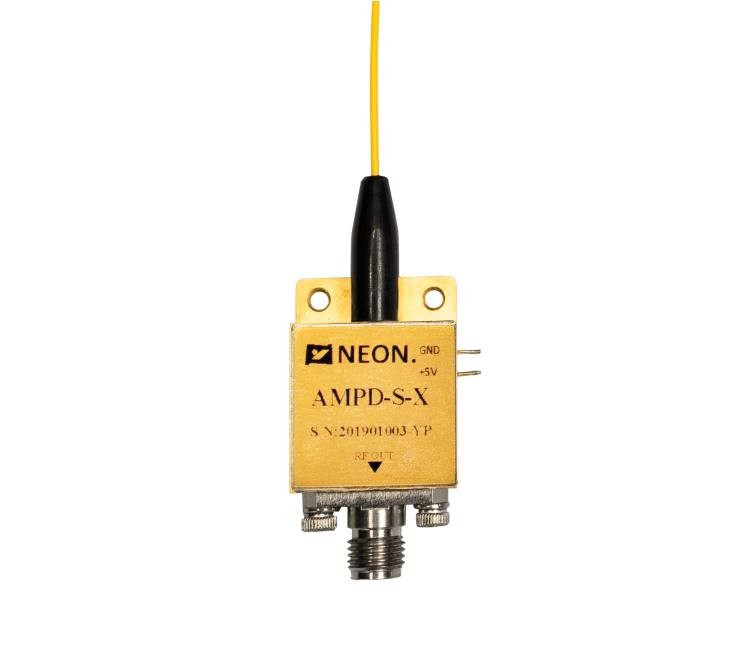
Synergy Between InGaAs Photodiodes and Amplified Photodetectors
- Combining Strengths: The synergy between InGaAs photodiodes and amplified photodetectors lies in their combined strengths. In an amplified photodetector, the InGaAs photodiode handles the light detection, leveraging its high sensitivity and broad spectral response. The built-in amplifier then boosts the resulting electrical signal, enhancing its strength and quality. This combination results in a high-performance device capable of detecting and processing weak light signals with great accuracy.
- Enhanced Performance: The integration of InGaAs photodiodes into amplified photodetectors significantly enhances performance. The high sensitivity of the InGaAs photodiode ensures that even faint light signals are detected, while the amplifier increases the signal’s strength, improving its signal-to-noise ratio. This enhanced performance makes these devices suitable for demanding applications, including long-distance optical communication and high-precision spectral analysis.
Applications of Amplified Photodetectors with InGaAs Photodiodes
- Optical Communication Systems: In optical communication systems, amplified photodetectors with InGaAs photodiodes are essential for enhancing signal amplitude. They ensure that signals transmitted over long distances remain strong and clear, reducing the likelihood of data loss and improving communication efficiency. These devices are particularly crucial in fiber optic networks, where maintaining signal integrity over extended distances is vital.
- Spectral Analysis: In spectral analysis, these photodetectors improve the amplitude of spectral signals, enabling precise analysis of materials and compounds. The high sensitivity of InGaAs photodiodes allows for the detection of subtle spectral features, making them invaluable in scientific research and industrial applications where accurate measurement is critical.
- Medical Diagnostics: Amplified photodetectors with InGaAs photodiodes enhance medical imaging signals, aiding in accurate diagnostics and treatment. Their ability to detect NIR light makes them useful in imaging techniques such as optical coherence tomography (OCT), which is used for detailed imaging of biological tissues, including the retina.
- Environmental Monitoring: In environmental monitoring, these photodetectors improve the amplitude of signals used to measure air and water quality. Their high sensitivity and reliability make them suitable for detecting pollutants and other environmental parameters, contributing to more effective monitoring and protection efforts.
- Lidar and Optical Imaging: Due to their high sensitivity and rapid response, these photodetectors are widely used in lidar and optical imaging systems. They enhance detection accuracy and efficiency, making them vital for applications such as autonomous driving and intelligent robotics. In lidar systems, they help in accurately mapping surroundings, while in optical imaging, they provide high-resolution images.
- Industrial Automation: In industrial automation, amplified photodetectors with InGaAs photodiodes are used in sensors and detection equipment to monitor and control production processes. Their high performance ensures reliable operation, contributing to improved efficiency and product quality in automated manufacturing systems.
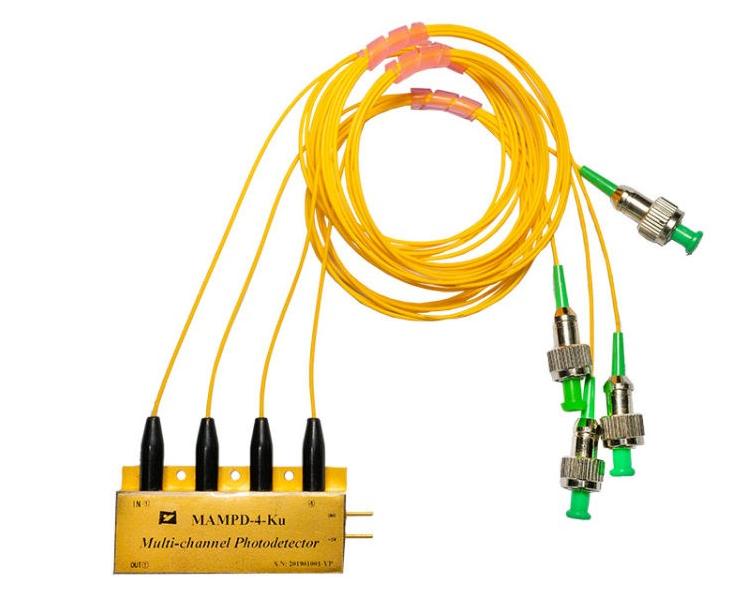
Design and Optimization Considerations
- Matching Input Impedance: To ensure optimal signal transfer, it is essential to match the input impedance of the photodiode and amplifier. This matching minimizes signal reflection and loss, enhancing the overall performance of the photodetector.
- Selecting Feedback Resistors: Choosing the appropriate feedback resistors is crucial for adjusting amplification levels. The correct resistor values ensure that the amplifier operates within its optimal range, providing the desired level of signal amplification without introducing excessive noise.
- Choosing Amplification Circuits: Different amplification circuits, such as common-emitter, common-base, and common-collector, offer various benefits and should be chosen based on specific application requirements. Each type has its own characteristics in terms of gain, bandwidth, and stability, affecting the overall performance of the photodetector.
- Circuit Component Selection: Selecting high-quality circuit components is essential for ensuring compatibility and performance. Components should be chosen based on their specifications and ability to operate reliably under the expected conditions. This selection includes choosing suitable transistors, capacitors, and resistors that match the desired performance criteria.
Conclusion
InGaAs photodiodes and amplified photodetectors are crucial components in modern photodetection systems. The synergy between these technologies combines the high sensitivity of InGaAs photodiodes with the enhanced signal strength provided by amplifiers, resulting in high-performance devices suitable for a wide range of applications. From optical communication to medical diagnostics and industrial automation, these photodetectors play a vital role in advancing technology and improving efficiency. Ongoing advancements and innovations will continue to expand their capabilities and applications, contributing to future technological progress.


